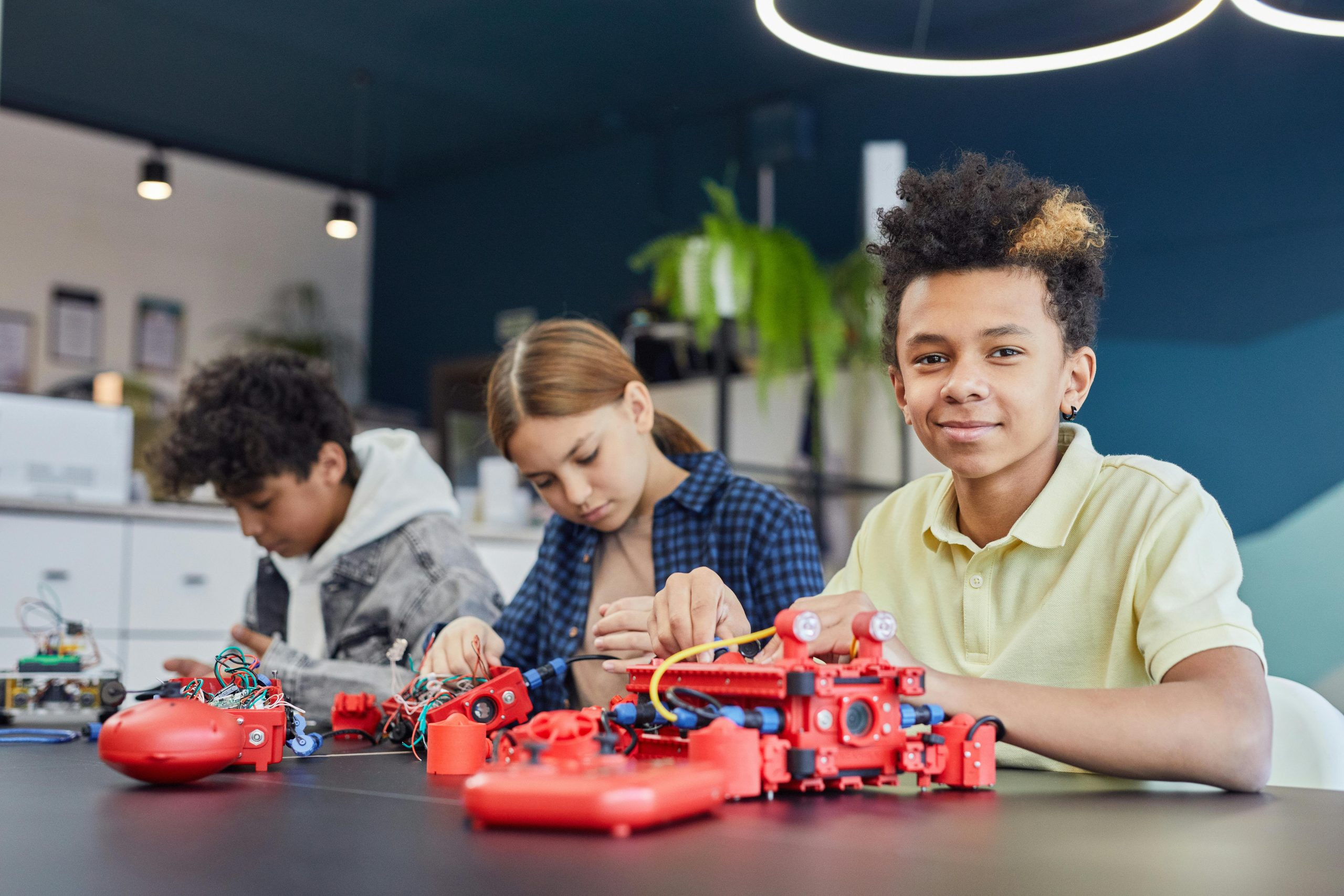Project-Based Learning: Preparing Students for Real-World Challenges
In today’s fast-paced world, it’s no secret that traditional teaching methods alone are not enough to prepare students for the ever-changing demands of the real world. As technology advances, so does the need for a more dynamic and practical approach to education. This is where project-based learning comes in, offering students a hands-on, collaborative, and real-world approach to learning. In this article, we’ll explore the concept of project-based learning and how it effectively prepares students for real-world challenges.
What is Project-Based Learning?
Project-based learning (PBL) is an innovative educational approach that involves students working together to solve complex and real-world problems. This hands-on method focuses on the entire process of learning, from planning and developing ideas to completing and presenting the final product.
Unlike traditional teaching methods where students are passive recipients of information, PBL encourages active learning, critical thinking, and practical application of knowledge. This approach not only helps students develop a deeper understanding of the subject matter but also equips them with essential skills such as problem-solving, collaboration, communication, and creativity.
Preparing Students for Real-World Challenges
One of the main goals of education is to prepare students for the real world. However, traditional teaching methods often fall short in achieving this goal. In today’s digital age, students are expected to possess much more than just textbook knowledge. They need to be able to adapt to different situations, think critically, and come up with creative solutions to problems.
This is where project-based learning shines. By engaging students in real-world projects, PBL provides them with the opportunity to apply their knowledge in a practical manner. This approach also enables students to develop skills that are not typically taught in traditional classroom settings. These skills are essential in preparing students to face real-world challenges head-on.
Critical Thinking and Problem-Solving Skills
Project-based learning requires students to think critically and analytically to identify a problem and come up with a solution. By working on a project from start to finish, students are forced to think outside the box and use their creativity to find solutions. This enables them to develop their problem-solving skills, a crucial skill that is necessary for success in any field.
Collaboration and Communication
In today’s interconnected world, the ability to collaborate and communicate effectively is essential. PBL provides students with the opportunity to work in teams and communicate their ideas, listen to others, and work towards a common goal. This fosters the development of essential collaborative and communication skills that are vital for the workplace.
Creativity and Innovation
Project-based learning often involves an element of creativity and innovation, encouraging students to think outside of the box and come up with unique solutions. By giving students the freedom to explore and experiment, PBL nurtures their creativity and helps them develop their innovative thinking skills, which are highly valued in the real world.
Conclusion
In conclusion, project-based learning offers a more practical and effective approach to education. By engaging students in hands-on projects, PBL not only helps them gain a deeper understanding of the subject matter but also equips them with the essential skills needed to thrive in the real world. As we continue to move towards a more dynamic and technology-driven society, project-based learning is a vital tool that prepares students for the challenges that lie ahead.











